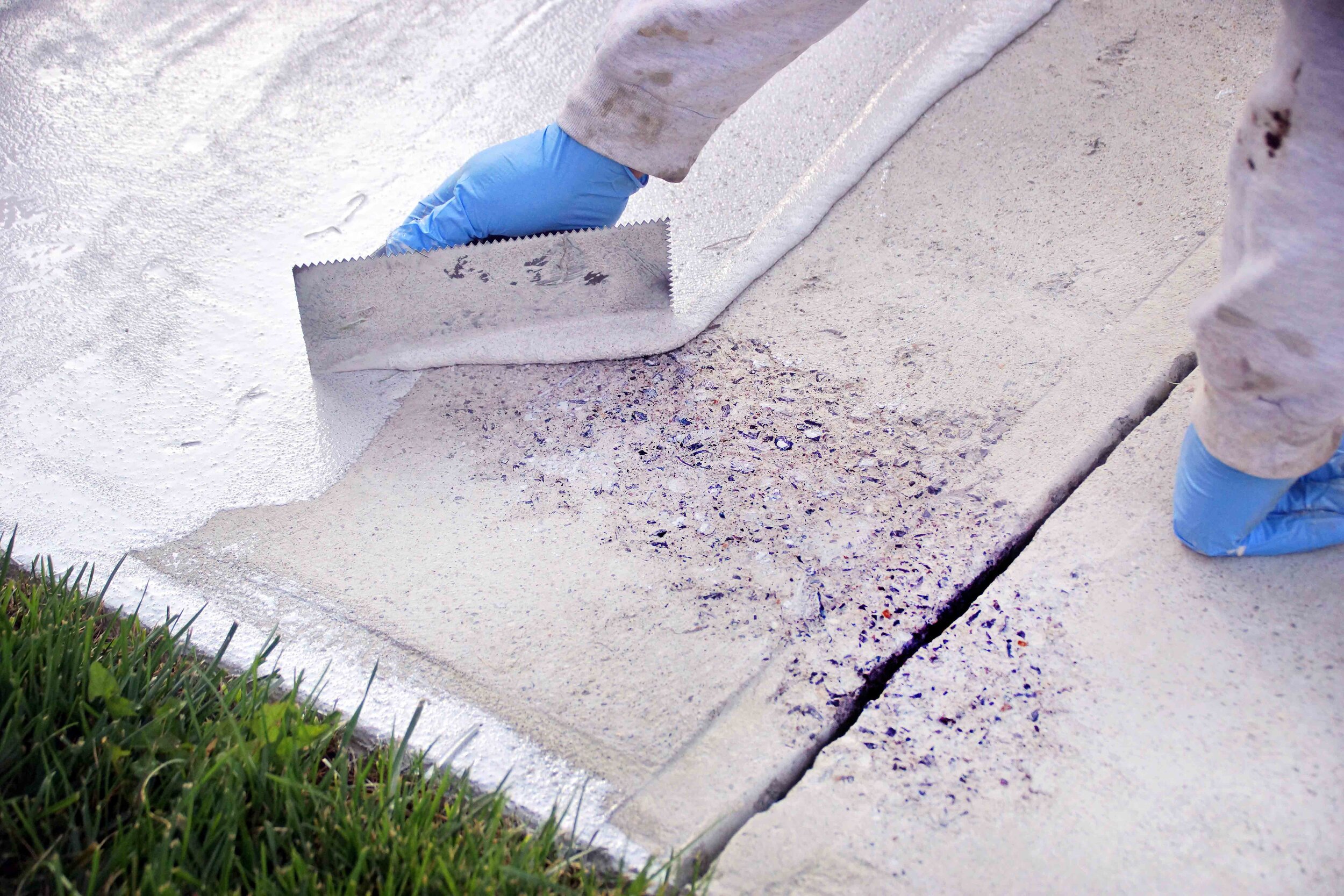Proven Techniques for Moss Removal to Revitalize Your Garden

Moss removal is an essential part of maintaining your outdoor spaces. While moss can sometimes add a quaint, storybook charm to your garden, it may also signal moisture problems or become an unwelcome guest on roofs, driveways, and lawns, where it can cause damage or create slippery surfaces. In this comprehensive guide, we will explore the best techniques for managing and preventing moss growth, ensuring your property remains safe and aesthetically pleasing.
Understanding Moss and Its Growth Factors
Before diving into removal methods, it’s crucial to understand what moss is and why it proliferates in certain conditions. Moss is a small, flowerless plant that typically thrives in damp and shady environments. Poor drainage, low light, and acidic soil are the trifecta that often leads to moss taking hold in an area.
Key Conditions That Encourage Moss Growth:
- Excessive moisture
- Shade from trees or buildings
- Acidic soil with a low pH
- Compacted soil that hinders grass growth
- Nutrient-poor conditions
Effective Strategies to Remove Moss
Once you’ve identified a moss problem, it’s time to take action. Here are some of the most effective strategies for moss removal that can help restore the beauty of your garden or property.
Physical Removal Methods:
- Hand Picking:
For small patches of moss, sometimes the simplest solutions are the best. Wearing gloves, carefully remove the moss by hand, ensuring you get as much of the root structure as possible.
- Raking:
Using a rigid garden rake, vigorously rake over the moss-infested area to uproot the moss. This method can also help to aerate the soil and prepare it for reseeding if necessary.
- Pressure Washing:
For moss on hard surfaces like walkways or roofs, pressure washing can be an effective removal method. However, use caution to avoid damaging your surfaces.
Chemical Removal Solutions:
- Natural Solutions:
Using a mixture of dish soap and water or applying vinegar directly to moss can kill it without introducing harsh chemicals into your environment.
- Commercial Moss Killers:
Numerous products on the market are specifically formulated to tackle moss. Follow the manufacturer’s instructions carefully when using these treatments.
- Preventing Moss From Returning
With the moss removed, preventing its return is just as important. Here are some tips to keep moss at bay:
- Increase sunlight exposure by trimming overhanging branches.
- Improve drainage in affected areas to reduce standing water.
- Correct soil pH with lime treatments if your soil is overly acidic.
- Overseed your lawn to encourage thick, healthy grass that can outcompete moss.
- Aerate your lawn regularly to prevent soil compaction.
Revitalizing Your Garden After Moss Removal
After clearing moss from your garden, it’s time to revitalize the space. Consider planting moss-resistant vegetation, adding landscaping that improves drainage, or consulting with a professional for more tailored advice.
For more information on maintaining your property and services that can assist with moss removal, visit GB Roofing LLC, a resource dedicated to helping homeowners keep their homes in top condition.
Final Insights on Moss Management
Moss doesn’t have to be a permanent nuisance. With the right techniques and a bit of elbow grease, you can remove moss and prevent it from becoming a problem in the future. Remember to approach moss removal with an eye towards safety and environmental impact, ensuring a sustainable approach to maintaining your outdoor spaces.
By following this guide, you’ll not only enhance the appearance of your property but also contribute to its overall health and longevity. Whether you’re a seasoned gardener or a homeowner looking to improve your curb appeal, these strategies for moss removal will set you on the path to a moss-free, vibrant outdoor area.
For professional moss removal that safeguards the beauty and integrity of your property, turn to the expertise of GB Roofing.






